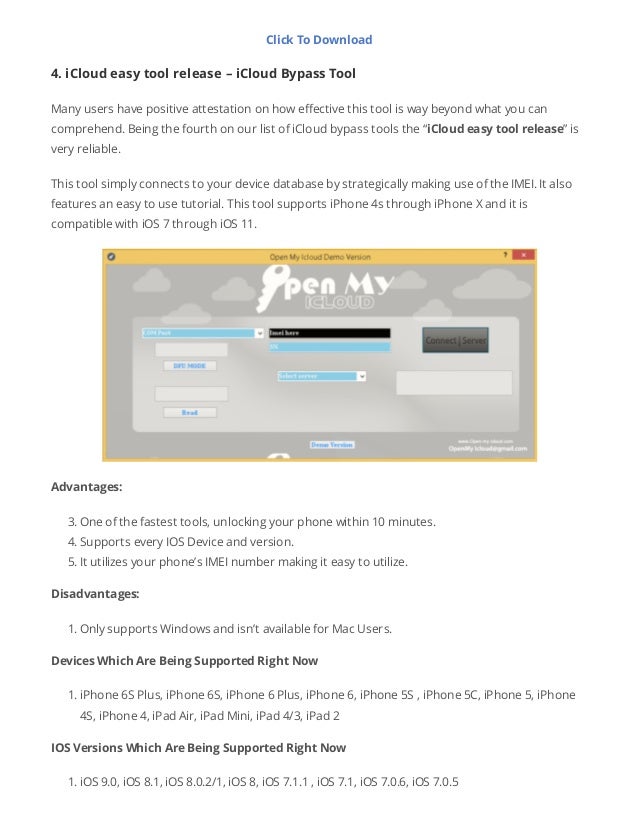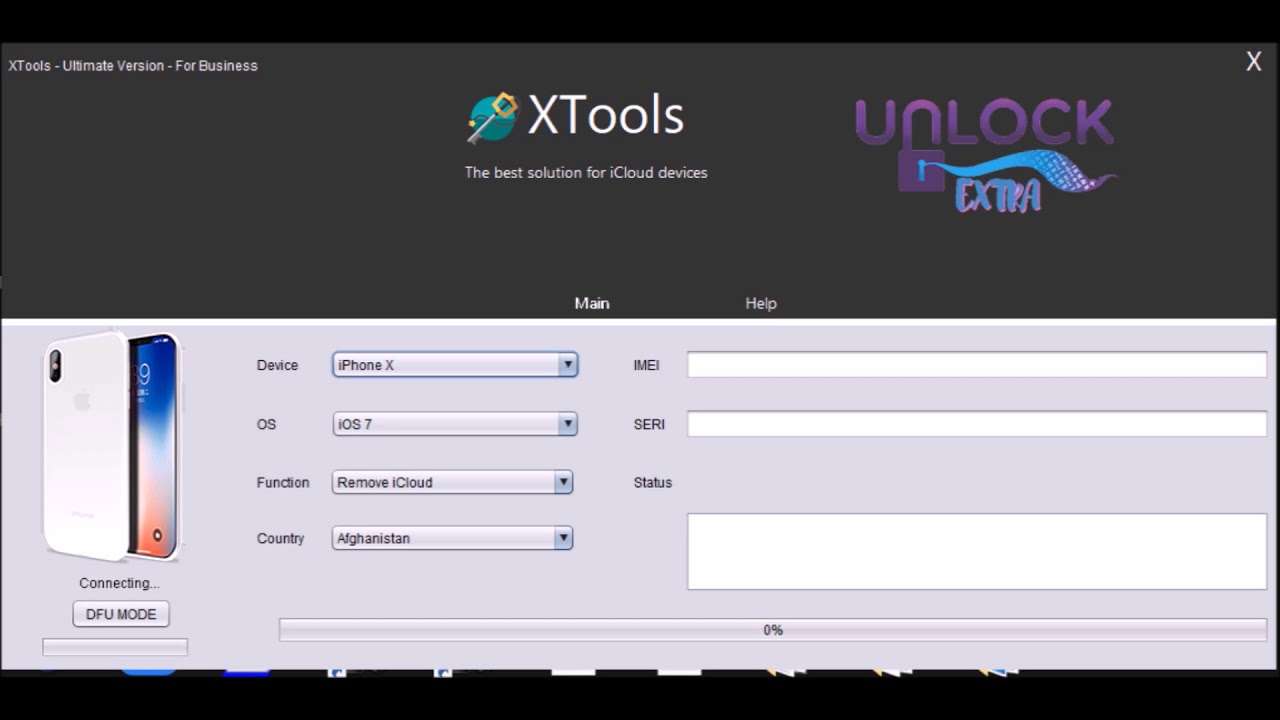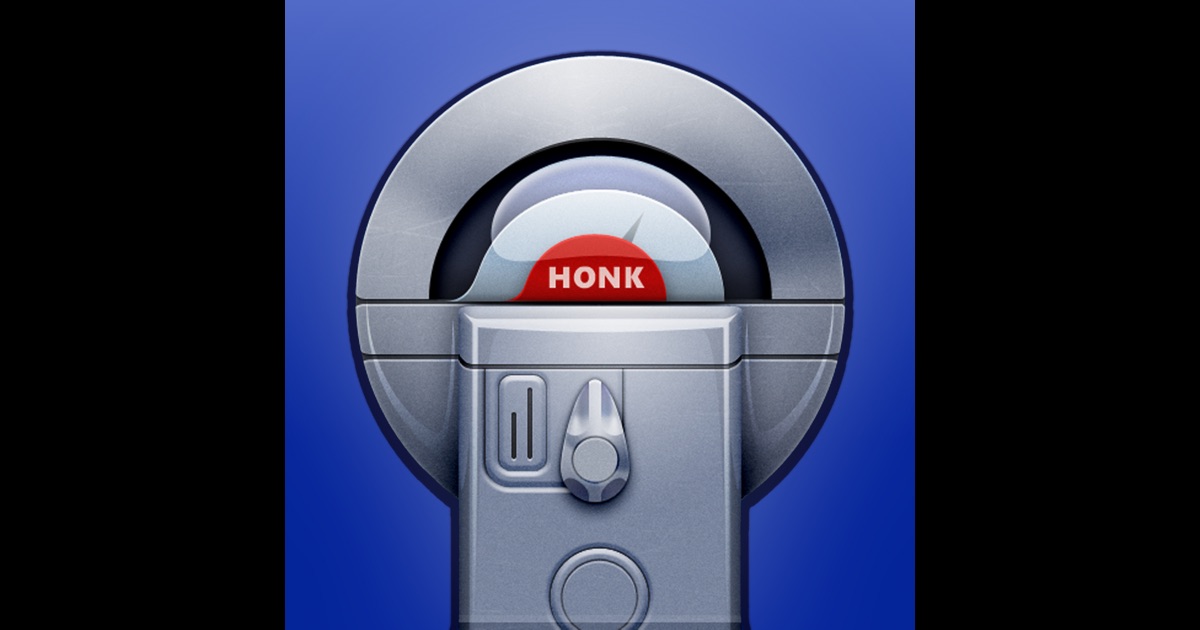For the desktop app store, see. App Store Initial release July 10, 2008; 10 years ago ( 2008-07-10) Development status Active / 1.2+ million apps 75 billion apps downloaded (As of June 2014 )., and , Website The App Store is an online market used on Apple's, managed by The App Store lets users view and download applications that were made with the iOS Software Development Kit. Apps can be downloaded onto an iOS device directly, or onto a computer using (also managed by Apple). Apps in the App Store are made mainly for iOS devices, such as. Some apps can be downloaded for free while others have a cost.
Some have 'in-app purchases', which are purchases made within the app. These are sometimes done to remove ads or to add features to an app. 30% of all profit made through apps goes to Apple, while 70% goes to whoever made the app. Contents.
History In July 2008, the App Store opened with a change to. Apple could now control app quality and add extra pricing to the already set cost of an app. A day later, the was launched and it came with iOS 2.0.1.
This version had App Store support, and was soon made available for older iPhones and the iPod Touch. As of February 10, 2012 ( 2012 -02-10), there are over one million apps on the App Store. As of January, 2011, the App Store had nearly 10 app downloads, which the company said using the '10 Billion App Countdown'. At 10:26 am on January 22, 2011, the 10 billionth app was downloaded from Apple App Store.
As of July that year, 200 users downloaded over 15 billion apps from the store. Average profit per app is about US$8,700, but Apple does not let the public view this data. In May 2011, Apple approved its 500,000th app. The success of the App Store led other companies to release their own 'app stores', and now any similar service for mobiles are sometimes called app stores. However, Apple attempted to trademark the term App Store in 2008 and was approved in 2011. However, in June 2011, U.S.
District Judge Phyllis Hamilton said she'll 'probably' deny Apple's attempt to stop Amazon using the 'App Store' name. On July 6, Apple lost the lawsuit. The word app is now a popular word; in early 2011, app was given 2010's 'Word of the Year' by the. Apple does not have a trademark on the word app, which has been used as short for ' since at least the mid-1990s and in products since 2002, for example (first introduced in 2006). On October 20, 2010, Apple announced the which was launched on January 6, 2011. It is similar to the one for iOS devices, only it has applications made mainly for Mac computers.

The Mac App Store is only accessible by using or later. In February 2011, Apple announced a new subscription-based service, which will allow developers to set the length and price of subscriptions. Previously, new magazine or news releases were sold as its own release. The new feature allowed publishers to sell content directly through their apps, allowing users to receive new content over specified periods of time. During Apple's 2012 Worldwide Developer's Conference, Apple CEO Tim Cook said that the App Store has 400 million accounts with registered credit cards, 650,000 available apps to download and 'an astounding 30 billion apps' downloaded from the app store. When the iPhone 5 was launched, Apple changed the look of the App Store, as well as the and, as part of.
On January 7, 2013, Apple announced that there have been over 40 billion apps downloaded from their iOS App Store, with about half of those coming in 2012. On February 1, 2013, Apple told developers that they could begin using appstore.com for links to their apps. In September 2013, Apple announced at its Worldwide Developers Conference the addition of a Kids category to the App Store with the launch of iOS 7. The category is split by age range and apps made for children under 13 must follow the Children’s Online Privacy Protection Act (COPPA).
As of the end of 2013, App Store users spent over US$10 billion in 2013, and users downloaded almost three billion apps in December 2013. This was the most successful month in App Store history, and developers have earned over $15 billion since the making of the App Store. Number of launched applications On July 10, 2008, Apple CEO told that the App Store contained 500 non-Apple applications for the iPhone and the iPod Touch, and of these 25 percent were free.
These applications range from business to game applications, entertainment to educational applications, and many more. On July 11, 2008, the store opened, allowing users to buy applications and put them on an iPhone or iPod Touch with iOS 2.0.
Ten million applications were downloaded the first weekend. On January 16, 2009, Apple said on its website that 500 million applications had been downloaded. The billionth application was downloaded on April 23, 2009. In March 2012, the number of apps downloaded reached 25 billion. Unlike the apps that come standard on the iPhone, apps downloaded from the App Store can be removed by the user at any time.
Chart showing App Store downloads and available apps over time. ↑ Sarah Perez (June 2, 2014). Retrieved 9 July 2014. (June 9, 2008). Press release.
Retrieved September 16, 2009. June 6, 2011. Apple January 14, 2011. setteB.IT January 22, 2011. ↑ Apple Inc.
Press release. Retrieved 2014-06-20. Communities Dominate Brands. June 22, 2010.
Wehner, Mike (2011-05-24). Retrieved 2014-06-20. Carew, Sinead (April 22, 2009). Retrieved June 23, 2009. Furchgott, Roy (May 29, 2009).
The New York Times. From the original on June 8, 2009. Retrieved June 23, 2009. Ganapati, Priya (March 4, 2009). From the original on June 13, 2009.
Retrieved June 23, 2009. Shiels, Maggie (July 20, 2009). Retrieved December 2, 2009. July 22, 2008. From the original on October 3, 2009. Retrieved August 27, 2009. July 21, 2008.
From the original on May 1, 2011. Retrieved April 18, 2011. Pachal, Peter (April 1, 2011). Retrieved April 18, 2011. Lowensohn, Josh (June 22, 2011). Retrieved September 10, 2013.
Rosenblatt, Joel; Gullo, Karen (June 22, 2011). Retrieved September 10, 2013. June 22, 2011. Foresman, Chris (July 7, 2011).
Ars Technica. Retrieved September 10, 2013. February 27, 1996.
Retrieved November 7, 2012. Thomasch, Paul (February 15, 2011).
Globe and Mail (Toronto). Retrieved February 15, 2011. Indvik, Lauren. June 11, 2012.

'App Store Stats: 400 Million Accounts, 650,000 Apps.' .
Lomas, Natasha. January 7, 2013. 'Apple App Store: 40B Downloads And Counting; 2B+ In December, 20B In 2012.' Business Insider (February 4, 2013). Retrieved on July 30, 2013. Retrieved 2014-06-20.
Retrieved June 20, 2014. July 10, 2008. Retrieved June 5, 2010. ↑ (July 14, 2008).
Press release. Archived from on November 23, 2008. Retrieved November 10, 2008. The Register. January 16, 2009. From the original on January 22, 2009.
Retrieved January 24, 2009. April 24, 2009.
Retrieved May 3, 2009. Retrieved October 4, 2013. (July 10, 2008). Press release. Archived from on January 3, 2009.
Retrieved January 17, 2009. (September 9, 2008). Press release. Archived from on December 15, 2008.

Retrieved November 10, 2008. (October 21, 2008). Press release. Archived from on January 14, 2009. Retrieved January 17, 2009.
October 21, 2008. Retrieved January 17, 2009. June 8, 2009.
From the original on June 10, 2009. Retrieved June 8, 2009. June, Laura (July 14, 2009). Retrieved July 25, 2009.
(September 28, 2009). Press release. Archived from on October 25, 2009.
Retrieved September 28, 2009. September 28, 2009. From the original on November 3, 2009. Retrieved September 28, 2009. Mac Rumors (November 4, 2009). Press release.
Archived from on December 12, 2009. Retrieved December 2, 2009. (November 4, 2009). Press release. Archived from on November 16, 2009. Retrieved December 2, 2009. Eric Slivka (April 8, 2010).
From the original on April 10, 2010. Retrieved April 8, 2010. September 1, 2010. October 18, 2010.
From the original on June 11, 2011. Retrieved June 11, 2011. October 20, 2010.
(January 22, 2011). Press release. Archived from on January 31, 2011. Retrieved January 22, 2011. March 3, 2012. Retrieved May 8, 2012. (June 11, 2012).
Retrieved February 6, 2013. October 23, 2012.
Retrieved February 6, 2013. Retrieved January 26, 2013. Retrieved January 28, 2013. Retrieved May 15, 2013.
Retrieved January 2, 2014. Cory Gunther (2013-10-22). Retrieved 2014-06-20. Retrieved May 14, 2012. Retrieved November 7, 2012. Cox, John (2013-08-18).
Network World. Retrieved 2014-06-20. Talbot, David (2013-08-15). Retrieved 2014-06-20. Gera, Emily (November 26, 2012).
Retrieved December 26, 2013. Andrew, Keith (April 23, 2013).
Pocket Gamer. Retrieved December 26, 2013. Retrieved March 13, 2013.
From the original on December 1, 2009. Retrieved December 2, 2009. March 4, 2009.
Retrieved March 8, 2009. Other websites., App Store on iTunes, requires iTunes. (iTunes not needed). on.
Gadgetwide Download For Mac
Part 2: Top Free iCloud Activation Lock Removal Tools 1. ICloud Bypass Tool - iCloudin This iCloud bypass tool performs effectively and works on all Apple Devices. It is very easy to use and completely free.
Users of this tool will attest to its efficiency. Pros.
It is entirely free to use. It has a great interface which allows for easy usage. It has built-in tutorials which help you to master the utilization.
It works on most iOS devices, even iOS 12. It has no in-app purchases or advertisements Cons. It has no ratings and therefore there's no definite data on its reputation. Its website does not have an admirable interface and this hampers users in searching for it. Supported Devices iPhone 6s Plus, iPhone 6s, iPhone 6 Plus, iPhone 6, iPhone 5S, iPhone 5C, iPhone 5, iPhone 4S, iPhone 4, iPad Air, iPad Mini, iPad 4/3, iPad 2 2. Doulci iCloud Unlocking Tool It is one of the most efficient tools for bypassing activation lock, very easy to use and works on all iOS device (iOS 12 supported).
It is not a UI tool and thus allows you to run your own iCloud bypass server. Pros.
It has a 75% success rate in bypassing iCloud activation locks. It is entirely free. It supports all iOS Devices and iOS Versions (iOS 12 included). It has plenty of tutorials to guide you in the process. Extraordinary support is available on the website almost 24/7.
Cons. You are required to participate in a survey before you can download the application. Supported Devices All iPhone models, all iPad models, all iPod touch models 3. ICloud Bypass Tool It is one of the most commonly used iCloud Activation lock removal tools and can be used for different purposes such as bypassing iCloud activation, bypassing iCloud lock Pros and even removing an iCloud account. Pros.
It can perform more than one function. It works with almost all iOS devices. It is very efficient and easy to navigate. Cons. Its download speed is slow.
Gadgetwise Download For Mac
Due to its multipurpose functions, response time is greater and it lags. It has a relatively low rating of 3.5 stars.
Supported Devices iPhone 6S Plus, iPhone 6S, iPhone 6 Plus, iPhone 6, iPhone 5S, iPhone 5C, iPhone 5, iPhone 4S, iPhone 4, iPad Air, iPad Mini, iPad 4/3, iPad 2 4. Gadget Wide – iCloud Bypass Tool This is one of the best tools for bypassing iCloud activation lock. It is user-friendly, compatible with most Apple devices and efficient. Pros.
It is one of the most highly skilled tools on the market. It is completely free to download and use. It is highly efficient and easy to use. It has preconfigured setting which makes the process relatively easier. It has a very fast turnaround time.
Cons. You have to download the software to your computer in order to use the tool. It is less compatible with older devices. Supported Devices iPhone 4s, iPhone 4, iPhone 5s, iPhone 5c, iPhone 5, iPhone 6, iPhone 6s, iPhone 6 Plus, iPhone 6s Plus, iPhone 7s Plus, iPhone 7s, iPhone 8, iPhone 8 Plus, iPhone X. Privacy Protection - Completely Erase iPhone/iPad Settings and Data Privacy protection is very essential in this information age that we are in. People are on the lookout for data everywhere which they intend to use for both good and bad purposes; we have witnessed the several leaks of famous celebrities’ private messages, pictures and videos which sometimes jeopardize these people in one way or another. It is therefore your duty to protect your data and sensitive files and prevent abuse of such information.
The iCloud activation lock is meant to protect your data, but since it can be bypassed, your data remains vulnerable and therefore you have to employ other means to protect such important information. One of the tools that can be used to protect your data is, which can protect your personal data by erasing them permanently with no recovery. Erase iPhone for Privacy Protection:. Can be used as a factory reset application because it can totally and completely format your device leaving no file or data available or recoverable by any means. Erase private data including call history, text messages, notes, photos, videos, browsing history,. View and erase your previously deleted files which are still recoverable. Erase messages & attachment of third party apps including WhatsApp, Viber, Kik and WeChat.
How to Completely Erase Your iPhone Settings and Data: Note: To permanently erase iPhone, make sure 'Find My iPhone' is disabled first. Start by connecting your iOS 12/11/10 device to the computer and launching iMyFone Umate Pro. Click on the “ Erase All Data” feature from the left panel. Click ' Erase'. On the next page, type 'delete' into the box and click ' Erase Now' button to start the erasing process. Though iMyFone Umate Pro is not complete free, you can run iMyFone Umate Pro to scan your iPhone current files, previously deleted files and third-party app traces for free.
If you need to complete the whole erasing process, you need to register it first. Each of the iCloud activation lock removal tools provides not only an easy but also a free way to get rid of the activation lock of your iCloud account and therefore access the data on your device anytime you wish to.
This article also gives you a step by step direction on privacy protection by using the iMyFone Umate pro which will help you protect essential information by getting rid of them permanently if you decide to sell or donate your Apple device in future.